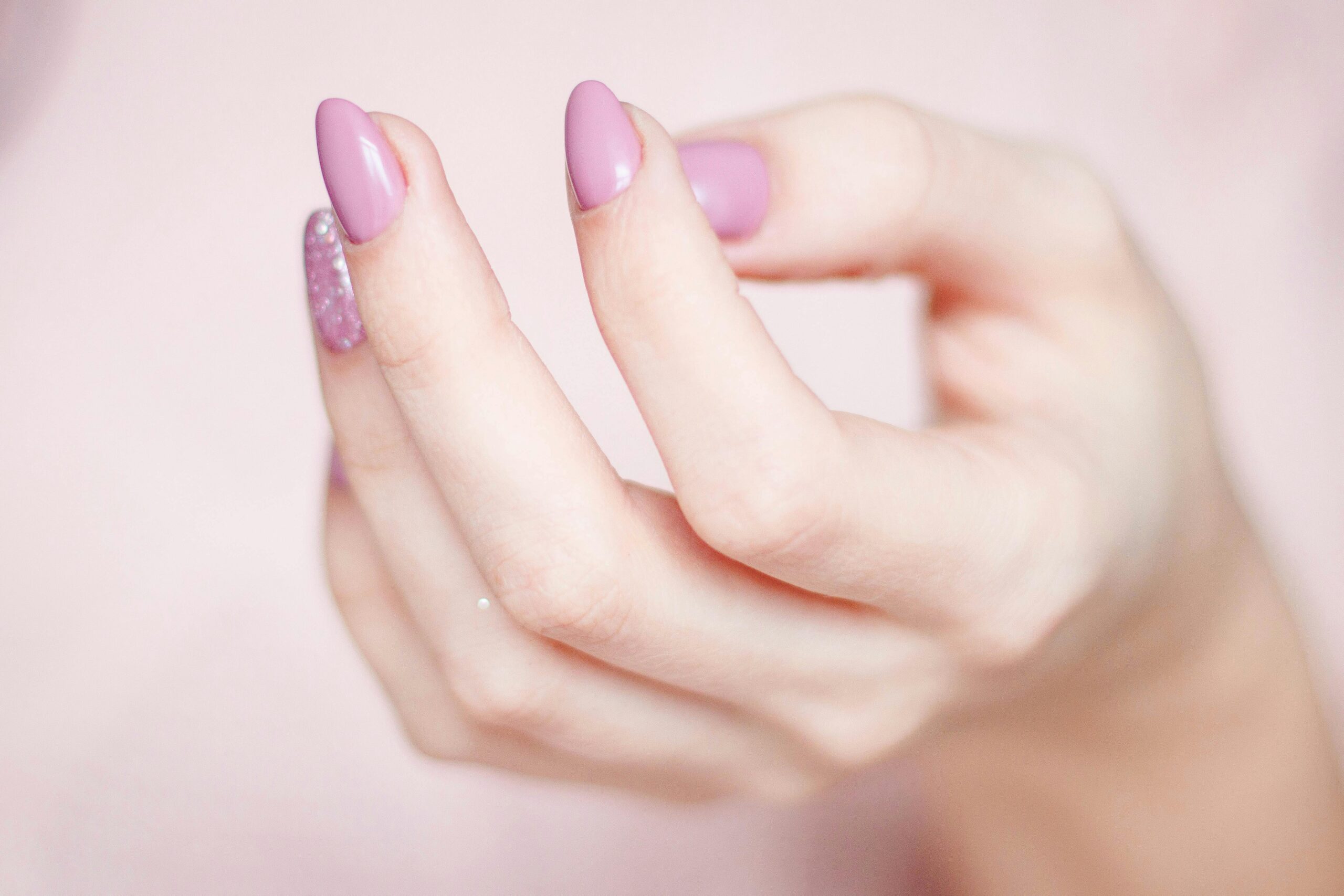
Nutrahara Blog
Nutrahara Blog
Urinary Incontinence in Men and Women
Introduction: What is Urinary Incontinence?
Urinary incontinence refers to the involuntary leakage of urine, a condition that can affect people of all ages but is particularly common in women and the elderly. It can range from occasional, mild leaks to more frequent and severe episodes that impact daily life. Understanding the various types, causes, symptoms, and treatment options for urinary incontinence is crucial for those affected by this condition.
Types of Urinary Incontinence
Urinary incontinence is not a one-size-fits-all condition. There are several types of urinary incontinence that can affect women, men, and the elderly differently:
Stress Incontinence
Stress incontinence occurs when physical activities such as coughing, sneezing, laughing, or heavy lifting cause urine leakage. This form of incontinence is most common in women, particularly after childbirth, due to weakened pelvic muscles.
Urge Incontinence
Also known as urinary incontinence urgency, this type involves a sudden, intense urge to urinate, followed by involuntary leakage. Urge incontinence is often related to conditions such as bladder irritation, infections, or neurological disorders.
Overflow Incontinence
Overflow incontinence happens when the bladder doesn’t empty completely, causing frequent dribbling of urine. This can be due to bladder damage, nerve damage, or blockages like an enlarged prostate in men.
Functional Incontinence
This type occurs when a person is physically unable to reach the toilet in time due to mobility issues. It is more common in the elderly or those with physical disabilities.
Mixed Incontinence
Mixed incontinence involves a combination of stress and urge incontinence, and is common in older women.
Urinary Incontinence in Women
Women are more prone to urinary incontinence than men due to various biological factors, including pregnancy, childbirth, and menopause. These events can weaken the pelvic muscles and increase the likelihood of developing incontinence.
Urinary Incontinence After Childbirth
Pregnancy and childbirth can have long-lasting effects on a woman’s pelvic floor muscles, which are critical for bladder control. Urinary incontinence after childbirth is common, especially after a vaginal delivery, due to the stretching and weakening of these muscles.
Urinary Incontinence in Pregnant Women
Pregnancy increases the pressure on the bladder, leading to urinary incontinence in pregnant women. The growing uterus can press against the bladder, causing leaks, particularly in the later stages of pregnancy.
Urinary Incontinence in Older Women
Urinary incontinence in older women is a prevalent issue, often linked to aging, hormonal changes, and muscle deterioration. As women approach menopause, the decline in estrogen levels can lead to bladder and urethral changes, increasing the risk of incontinence.
Urinary Incontinence Causes in Females
The primary urinary incontinence causes in females include:
- Pregnancy and childbirth: Weaken the pelvic floor muscles.
- Menopause: Estrogen loss affects bladder control.
- Obesity: Extra weight places pressure on the bladder.
- Chronic cough: Can strain pelvic muscles.
- Urinary tract infections (UTIs): Infections can cause temporary incontinence.
Can a urinary tract infection cause urinary incontinence? Absolutely, UTIs can irritate the bladder, causing temporary episodes of incontinence.
Urinary Incontinence in Men
Although less common than in women, urinary incontinence in men can still be a significant issue. The causes are often related to prostate problems, including prostate surgery, enlarged prostate, or prostate cancer treatment.
Urinary Incontinence in Elderly Men
Urinary incontinence in elderly men is typically associated with prostate issues or other age-related changes in bladder function. Treatment options such as medications, urinary incontinence surgery, or lifestyle changes may help.
Urinary Incontinence Symptoms
Recognizing the urinary incontinence symptoms is the first step toward finding an effective treatment. The symptoms can vary based on the type of incontinence but may include:
- Sudden, uncontrollable urges to urinate.
- Leakage during physical activities.
- Frequent urination, especially at night (urinary incontinence at night).
- Dribbling urine after using the bathroom.
These symptoms should not be ignored, especially if they start interfering with your daily activities.
Treatment Options for Urinary Incontinence
A wide range of urinary incontinence treatments is available, depending on the severity of the condition and its underlying causes. Treatment options include lifestyle changes, exercises, medications, and surgical interventions.
Urinary Incontinence Exercises
One of the most effective urinary incontinence treatments for women is pelvic floor exercises, commonly known as Kegel exercises. These exercises help strengthen the muscles that control urination. Urinary incontinence Kegel exercises can be beneficial for both women and men, especially those dealing with stress or urge incontinence.
How to Perform Kegel Exercises
To perform Kegel exercises:
- Identify the pelvic floor muscles by stopping your urination mid-stream.
- Tighten and hold these muscles for five seconds.
- Relax and repeat 10 to 15 times in each session.
- Aim to do three sets per day.
Urinary Incontinence Pads and Products
For those experiencing moderate to severe leakage, urinary incontinence pads for women and urinary incontinence products for men provide discreet protection. Other products like urinary incontinence briefs, urinary incontinence bed pads, and absorbent underwear can also help manage symptoms.
Urinary Incontinence Tampons
Specialized urinary incontinence tampons are designed to support the urethra and prevent leakage during activities such as exercise or coughing. These tampons are particularly useful for women with stress incontinence.
Urinary Incontinence Surgery
When lifestyle changes and exercises are not enough, urinary incontinence surgery may be considered. Surgical options include:
- Bladder sling: Supports the bladder and urethra.
- Artificial urinary sphincter: A device that controls the release of urine.
- Prolapse surgery: Repairs weakened pelvic muscles.
Each surgical option has its risks and benefits, so consultation with a healthcare provider is essential to determine the best approach.
Medications for Urinary Incontinence
Certain medications can help manage the symptoms of urinary incontinence. These may include anticholinergics, which calm an overactive bladder, and alpha-blockers, which relax the bladder muscles in men with enlarged prostates.
Natural Treatment for Urinary Incontinence
For those seeking a more holistic approach, several urinary incontinence natural treatments are available:
- Dietary changes: Reducing caffeine, alcohol, and acidic foods can help.
- Bladder training: Gradually increasing the time between bathroom trips.
- Weight loss: Losing weight can relieve pressure on the bladder.
- Herbal supplements: Certain herbs like Gosha-jinki-gan and corn silk may support bladder health, although you should consult a doctor before starting any supplement regimen.
Living with Urinary Incontinence
Dealing with urinary incontinence can be challenging, but the right combination of lifestyle adjustments, medical interventions, and products can significantly improve quality of life. Whether you’re experiencing urinary incontinence at night or struggling with urinary incontinence urgency during the day, it’s important to remember that you’re not alone. Millions of people worldwide are affected by this condition, and various treatment options can help manage it.
Psychological Impact
Urinary incontinence can take an emotional toll, leading to embarrassment, anxiety, and even social isolation. Seeking support from family, friends, or a healthcare professional is crucial in managing both the physical and emotional aspects of the condition.
Support for Elderly with Urinary Incontinence
For seniors, managing urinary incontinence in seniors requires special attention. Urinary incontinence treatment for elderly males and females may involve a combination of products like absorbent pads, pelvic floor exercises, and, in some cases, surgery.
Managing Urinary Incontinence at Night
Urinary incontinence at night can disrupt sleep and affect your overall well-being. Products like bed pads and moisture-wicking sheets, as well as practicing bladder-emptying techniques before bed, can help reduce nighttime accidents.
7 Tips for Managing Urinary Incontinence in Men
- Practice Pelvic Floor Exercises (Kegels)
Strengthening the pelvic floor muscles can help improve bladder control. Perform Kegel exercises daily by contracting and relaxing these muscles to reduce leakage. - Maintain a Healthy Weight
Excess weight puts pressure on the bladder and pelvic muscles, worsening incontinence. Adopt a balanced diet and exercise regularly to maintain a healthy weight. - Limit Bladder Irritants
Reduce consumption of bladder-irritating substances like caffeine, alcohol, spicy foods, and carbonated drinks, which can worsen symptoms. - Practice Bladder Training
Gradually extend the time between bathroom visits to train your bladder to hold urine for longer periods. Start small and work up to longer intervals. - Use Absorbent Products
Urinary incontinence briefs and absorbent pads specifically designed for men can provide discreet protection and help you stay comfortable throughout the day. - Consult a Specialist for Medications or Surgery
If incontinence persists, consult a urologist to explore treatments such as medications to relax the bladder or surgical options like artificial urinary sphincters or sling procedures. - Stay Hydrated Strategically
Avoid overhydrating to reduce urinary frequency, but ensure you drink enough water to prevent concentrated urine, which can irritate the bladder. Spread fluid intake evenly throughout the day.
These tips can help manage urinary incontinence in men, providing relief and improving quality of life.
Testimonials for Managing Urinary Incontinence in Men
- “Regaining Confidence with the Right Exercises”
“I was struggling with urinary incontinence after my prostate surgery, and it was affecting my confidence. After learning about Kegel exercises and incorporating them into my routine, I noticed a significant improvement. It’s a simple yet effective solution!”
— Michael, 65
- “Products That Make a Difference”
“As someone who travels frequently, managing incontinence was a challenge. I found urinary incontinence briefs incredibly helpful for providing security and discretion while on the go. Now, I can focus on my work without constant worry.”
— James, 52
- “Bladder Training Changed My Life”
“I had frequent leaks and didn’t know how to regain control. Bladder training, combined with advice from my doctor, really helped me manage my symptoms. I feel more in control of my body now.”
— Raj, 59
- “Support from a Specialist Was Key”
“After years of dealing with incontinence, I finally consulted a urologist. They recommended a medication that significantly reduced my urgency and leakage. Don’t hesitate to seek professional help—it made a world of difference for me.”
— Brian, 67
- “A Balanced Approach Worked for Me”
“I found that a mix of dietary changes, staying hydrated strategically, and using protective products helped me manage my condition effectively. It’s all about finding what works for you and sticking to it.”
— Thomas, 61
These testimonials highlight the different strategies men have used to manage urinary incontinence and regain their quality of life.
Urinary Incontinence Conclusion
Urinary incontinence is a widespread issue that affects both men and women, with a higher prevalence in older adults. By understanding the urinary incontinence causes, types, symptoms, and available treatments, individuals can take proactive steps to manage this condition. Whether through lifestyle changes, exercises, urinary incontinence pads, or medical treatments like surgery, there are numerous ways to improve bladder control and regain confidence in daily life.
If you are experiencing any symptoms of urinary incontinence, consult a healthcare professional to explore your treatment options. With the right approach, it is possible to lead a healthy, active, and fulfilling life despite the challenges of urinary incontinence.
Written by the Nutrahara Team
This article was developed by the Nutrahara team of nutrition scientists and naturopaths, who specialize in formulating safe, effective, and science-backed supplements for women’s health. Every ingredient we use is carefully selected to support your body’s unique needs—naturally. Follow us on LinkedIn for expert insights and updates on our latest wellness solutions.





